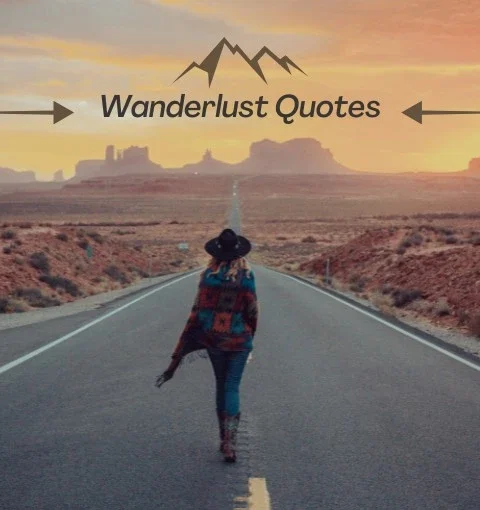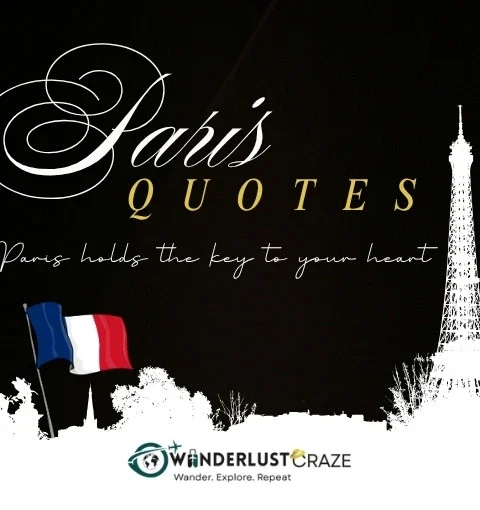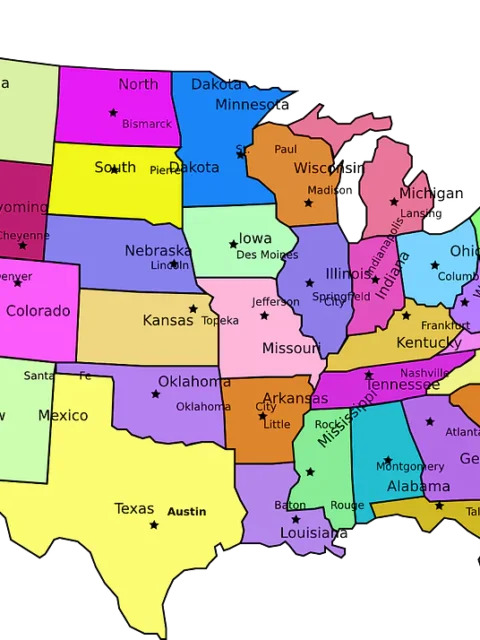From Boots to Backpacks: Best Hiking Gear for All Skill Levels
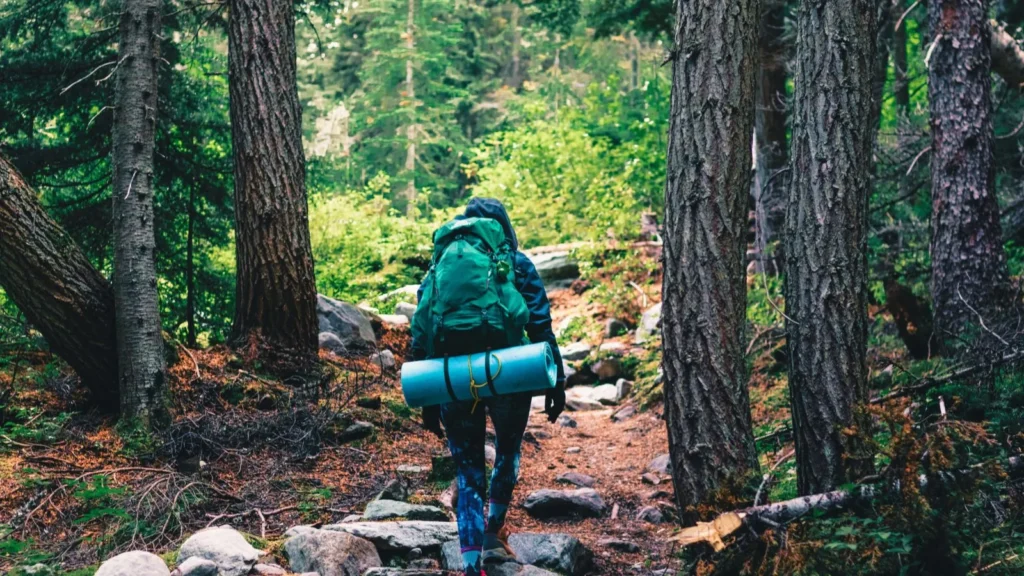
The weather is getting warmer and more glorious by the day, and you know what that means: it’s time to hit the trails!
Hiking is definitely one of my favorite activities, and though I am more of a short distance hiker than a thru-hiker, all groups of hikers at all skill levels have the same thing in common: good equipment is an essential for hiking safety.
Hikes short and long, on mild terrain or rugged, whether you’re exploring Europe’s best hikes or forging new pathways along the Inca Trail… your experience of any of these hikes all hinges on how prepared you are, and how good your equipment is. We’ve got some tips and recommendations for your hiking equipment list that we hope will make your next outdoor excursion your best yet, some of the best hiking gear and brands for anyone, from beginners to seasoned veterans.
Suit Up: What to Wear Out There
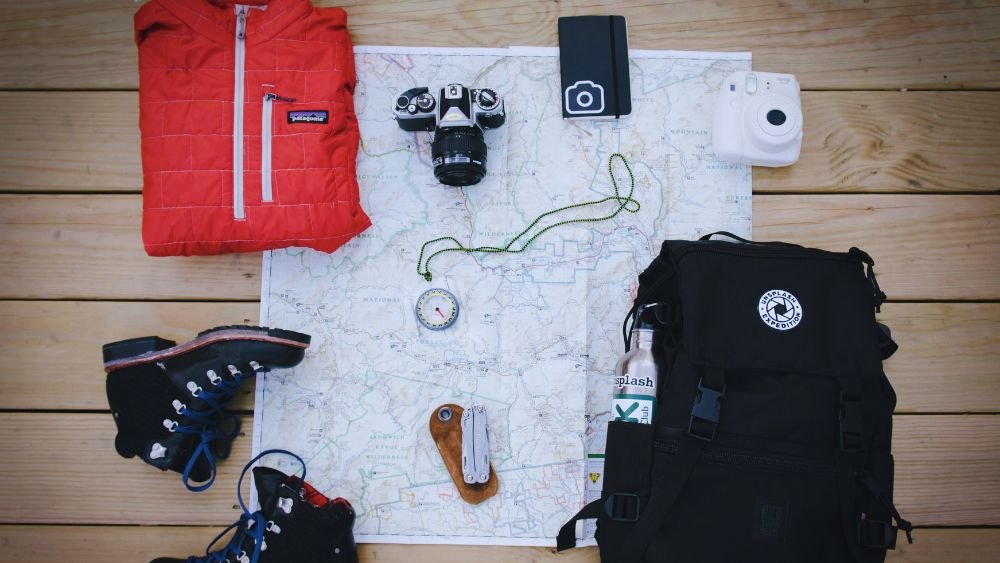
By far, the most important item on your hiking checklist should be your clothing. You need gear that will keep your temperature regulated, help you stay dry, protect you from ticks and other critters, shield you from the sun… there’s a lot to consider here.
Shoes and Socks
Since your feet are what carry you along the trails, keeping them safe and healthy is paramount. But footwear fit is a personal decision, so the best thing to do is to go to a store like Sierra or REI and try on several brands to find the boot or shoe that suits you best. That said, we do have some suggestions to help you narrow down your try on list!
A well-loved brand, La Sportiva is often at the top of all hikers’ rec lists. Their boots and shoes are supportive, have great grip, breathability, and comfort. Lowa trekking shoes tend to be an underrated brand but they also fulfill these all-important metrics. While both brands can be on the pricier side–often ranging from $150 to $300–the safety of your feet is of paramount importance, so this isn’t something to skimp on.
Your socks are also important, and we always suggest ones that include merino wool in their make-up. Wool is moisture-wicking, purports to be anti-microbial, and will keep your feet warm even while wet. To that end, Smart Wool is a perennial favorite with the hiking set, but we’d like to make a case for Darn Tough, whose lifetime warranty is an unbeatable plus.
Clothing
The ideal clothing items in your main hiking wardrobe will be lightweight, offer some degree of sun protection, wick moisture away from your skin, and help keep you warm or cool as needed. A bonus would also be tick protection, but we understand that everyone doesn’t want to wear pants on every hiking outing!
The hot thing to wear while hiking this summer is UPF clothing. In terms of affordable UPF-rated gear that won’t break the bank, Columbia Sportswear always has a great selection. With their wide range of options, whether you enjoy wearing dresses or you’re more a top and trousers hiker, you’ll find something that suits your needs.
Patagonia is another fantastic brand for clothing, with some of the best hiking gear for men and for women. An extra bonus is that in addition to the high quality of their clothing, the company has a deep commitment to combating climate change. They not only offer WornWear, a place where used Patagonia gear that’s still in good shape can be given a second chance at life, you can feel secure that a portion of all your Patagonia purchases also goes to their battle to help save our only planet.
Need to stay warm when it gets chilly? For cold weather hiking gear, wool underlayers and accessories are the way to go. WoolX merino tanks are lightweight and wick away moisture, ideal for physically strenuous conditions in cold weather. The brand also offers lightweight wool tech gloves to keep your hands cozy, too! For your head, SmartWool’s lightweight beanie will keep your noggin warm without bulk. Top it all off with a lightweight puffer jacket–the Decathlon Forclaz line comes in down and synthetic options, has multiple warmth choices, and most of them clock in between $100-$200, making them the best bang for your buck.
And of course, you’ll need to stay dry in the rain. Columbia Sportswear again comes in clutch with high-quality, affordable and lightweight rain gear like their Arcadia II rain shells and the Glennaker Lake jacket. Both of these cost between $50-$75 and can pack down small, fitting into their own special little pockets to take up almost no room at all in your bag. But for stronger protection in heavy rain hiking conditions, Patagonia’s Granite Crest–which comes in Men’s and Women’s models for $279–consistently gets high marks.
Head Protection
It’s not just your body that needs shielding from the elements; a good hat and sunglasses are crucial for maintaining good skin, scalp, and eye health. Skin cancer is one of the most common cancers worldwide, and we’ve got to do all we can to help prevent it.
A good hat should be large enough to shade your eyes, the back of your neck, and the sides of your face at the very least. The Adventure Hat by Sunday Afternoons is a really good pick in this department; bonus features are their Sunglass Lock that helps keep your eyes extra protected, the UPF 50+ sun rating, and a built in moisture-wicking sweatband. All this and it clocks in at $50? It’s almost too good to be true.
Sunglasses, too, should have UV protection in order to keep your eyes safe. Ray-Ban’s classic Wayfarer is always a solid choice here, but some may wince at the $244 price tag. No worries; Knockaround also offers eyewear with full UV400 protection at a very affordable price. We like these $50 Vortex sunglasses, which feature lots of grippy elements to keep your eye protection firmly in place while you’re sweating it out on the trails.
And of course, you’ve got to lock in your sun-blocking with a good sunscreen. La Roche Posay is a big favorite in this department, especially this lighter weight Anthelios UV Clear SPF 50 that has special ingredients to help those with acne and rosacea.
Bring It Up: Hiking Essential Checklist
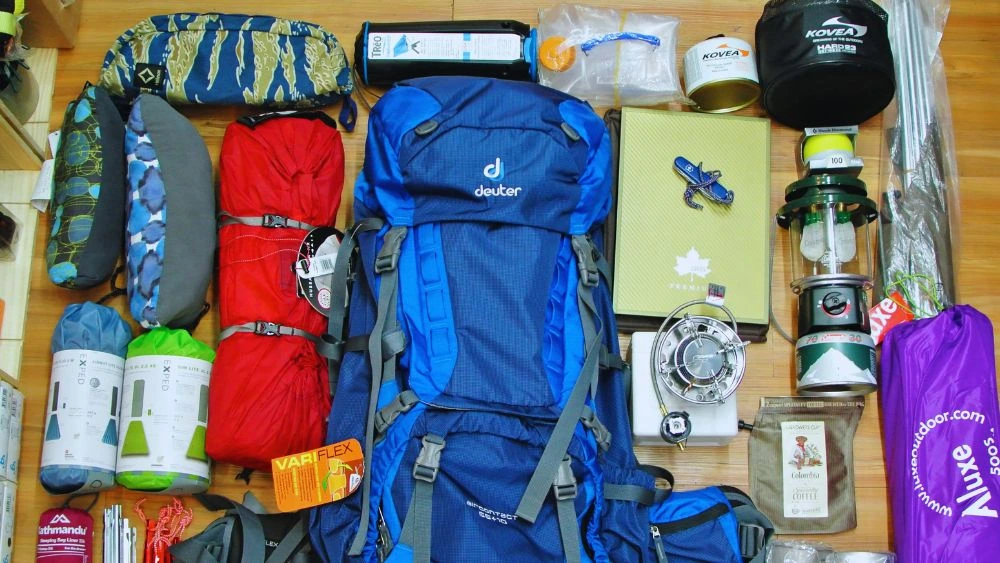
Whether going solo or in a group, short or long, all hikes require you to carry a certain amount of gear with you. We’ve got some favorite essentials for all eventualities.
Stasher Snack Bags: These sturdy and reusable silicone bags are a great earth-friendly alternative to single-use sandwich bags. Use them to keep your snacks clean and safe in your gear bag.
Anker Battery Bank: Anker is the best in the game when it comes to small electronics, with high-quality, high-capacity portable chargers. Keep your phone and GPS charged and ready with a basic Anker 313 Power Bank in your pack–at $25.99, it’s a hiking electronics essential that won’t wreck your budget and you’ll have peace of mind on the trail.
Garmin inReach Messenger: A good satellite messenger is sturdy and has better battery life than your phone, enabling you to not only stay connected to family or friends, you can even be trackable; this is especially essential for the solo traveler. Garmin’s Messenger model–$299.99–comes highly recommended, being small and easy to use even for new hikers.
Nalgene Water Bottle: There are a lot of water bottles on the market, but many hikers will loyally reach first for the good old 32 ounce Nalgene. Durable, lightweight, BPA free, easy to hook onto a bag, comes with a lifetime guarantee–Nalgene is always a great option and they can cost as little as $11.99.
Sawyer Squeeze Water Filter System: Clean water can’t be taken for granted on the trail; if you’re out there longer than what’s in your bottle can last, you need a filter so you can drink from streams, rivers, and so on. The Squeeze, costing $45.99, is lightweight and filters out 99% of bacteria and protozoa and 100% of microplastics.
Adventure Medical Kits: First aid kits are a must in case of emergencies, even for short hikes. Adventure Medical have some of the best on the market, and offer sizes to suit all needs. Their ultralight and watertight kits come in daytrip size at $14.99 and go up to a pro kit that can last 7 days for multiple people at $149.99.
Black Diamond Spot 400 R Headlamp: Caught out after sundown? You’ll need light, and the Spot 400 R is lightweight, compact, has adjustable brightness settings and lasts hours. It’s $69.99 and great value for the cost.
BRS 3000-T Ultralight Gas Camping Stove: For longer hikes, you’ll need more than just snacks. While you can cold-soak dehydrated meals while you walk, sometimes you want a hot meal at the end of the day. The BRS 3000-T is a pocket-sized folding bracket stove that you attach to a fuel canister and top with a mug or small pot for your cooking needs. It’s tiny and light and at only $16.90, one of the best pieces of affordable hiking gear you can get your hands on.
Lighter 1 Lil Sami Bear Canister: Speaking of food, keep yours safe in a bear canister. The $130 Lil Sami is tiny but mighty (if you need larger, the Big Daddy is also an option), made from tough polycarbonate and aluminum to baffle bears that come snooping around.
AllTrails+: Lastly, get an AllTrails+ subscription. At $35.99 annually, it’s worth its weight in gold for hiking navigation assistance and the ability to access maps offline alone, but there are loads of other useful features included in your subscription as well as an impressive list of countries that includes everything from the best hikes in Spain to hikes in the Albanian Alps. Sweet Slumbers: Great Sleeping Gear
For long overnight hikes, you need to sleep, and to replenish your energy for the next day’s trekking, it should be good sleep. Quality gear will keep you warm and dry and allow you the best rest for optimal trek times.
Keeping things light, let’s look to Gossamer Gear for your tent needs. Their tents for single ($255) or double ($325) occupancy weigh less than two pounds, but are made to be tough, with strong zippers and reinforced seams. And they’re easy to set up–just use the included guylines, stakes, and one of your trekking poles and you’re golden.
The ideal sleeping bag should be lightweight and water-resistant while still keeping you warm. Decathlon’s Simond line–starting at $100 for their MT500 model suitable for temperatures of 41F and up–is great value for money, featuring a drawstring hood, ¾ length strong zip, and design elements that combat heat loss. It weighs under 2 pounds, so you can just sling the stuff sack onto your pack and go, easy as pie.
To maximize your comfort, you can bring a pillow and sleeping pad. Sea to Summit has a fantastic ultralight option in the $50 Aeros inflatable pillow, which is sturdy, light, and inflates quickly and silently. It can lock in with Sea to Summit’s sleeping pads like the $189 Ether Light XR, keeping it from slipping out from under you and waking you up.
Backpacking Gear: How to Carry Your Stuff
For both short hikes and long, you’ll need a good bag to hold the things you bring along. Ideally, it’ll be something at least water resistant, rugged, and capacious without being too heavy.
For short hikes, a waist pack or sling bag will probably suffice to carry some snacks, extra sunscreen, your wallet and keys, and a small first aid kit–all your day hiking essentials. Uniqlo’s Round Mini Shoulder Bag is a popular choice with hikers and travelers for good reason: it’s made of durable nylon with a water-repellant finish, boasts a surprisingly substantial storage capacity, and costs $19.90.
Longer hikes require a little more carrying capacity; Cotopaxi’s Batac daypack is a fantastic choice for this. At 24 liters, it’s got plenty of room for your hiking essentials. Cotopaxi bags are made with earth-friendly deadstock or recycled materials, have light mesh straps, plenty of places to hang your water bottle or other gear from, and when empty, pack down nice and compact. At $85, these are a great option.
And if you’re thru-hiking a long distance, you need something ultralight but hardy enough to handle everything you’re carrying inside and out. In 2025, distance hikers are loving Gossamer Gear packs for being lightweight yet durable. Their biggest offering is the Robic nylon Mariposa, which costs $315 and has a 60 liter capacity; even at its largest size with all belts and frames, it still comes in, incredibly, under 40 ounces.
Have Fun, Stay Safe!
The common thread with all the best hikes in the world is that the most important thing is to do what you can to ensure a safe experience, so that you can have the best possible time without worry. Make sure you’ve got the best gear to fit your needs, suit up, and hit those trails! The mountains are calling–it’s time you go.


